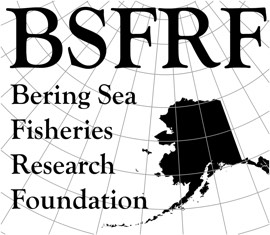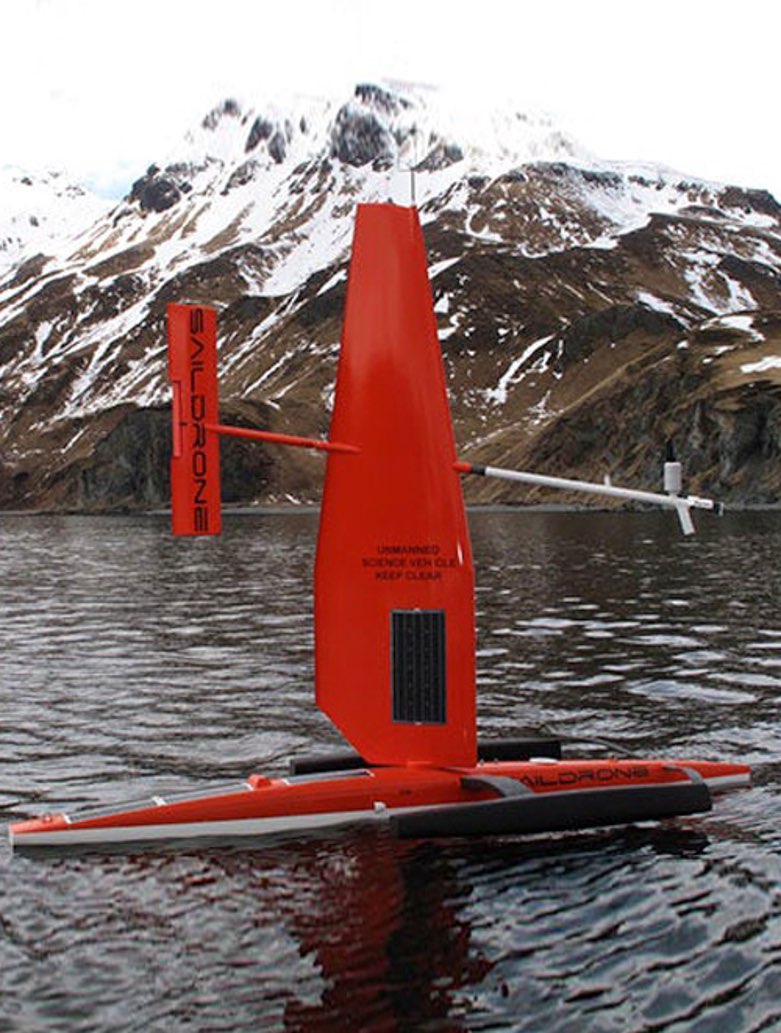Understanding crab movement throughout different seasons is critical information in the management of Bering Sea crab fisheries. For instance, it tells us what habitats are important for crab and which habitats they use at different times of the year. Traditional methods to track crab involve tagging crabs and noting where tagged crabs are harvested during fishing seasons. This tells researchers just two positions: where the crab was when it was tagged, and where it was when it was recovered. Recovery times and locations are also limited to when/where there is a fishery.
To gather more information about other locations where crabs go between tagging and recovery, BSFRF scientists are collaborating with NMFS research partners Dr. Bob Foy and Dr. Leah Zacher to use new technology using VEMCO acoustic tags that communicate with unmanned drones that sail on the surface of the water. These Saildrones look like small sail boats. As they sail on the sea surface near crabs tagged with acoustic tags, the Saildrones receive a ‘ping’ from the tags on the crabs. The Saildrones collect location data on these crabs without needing to recapture them. This method of releasing tags that “talk back” to a receiver greatly improves sample sizes where multiple positions are received from a single tagged crab once they are located by the Saildrone. In addition, the Saildrone can be sent out in different seasons in any location, so data are not restricted to when and where there is a fishery.
In June 2019, BSFRF captured Bristol Bay red king crab during summer surveying (see article below) using pots. A total of 148 captured crabs were tagged and released and two “marker tags” were set out as reference points, attached to weights and dropped to the seabed. In October 2019, two Saildrones were deployed from Dutch Harbor to sail out to the study grounds to relocate crabs that were tagged in June. The study was designed to determine crab movement from June to immediately prior to the commercial fishery which typically opens October 15. In March-April, 2020, the Saildrones will again be deployed to relocate tagged crabs and continue monitoring crab movement.
Read NOAA’s blog about the project here.
Research partners: BSFRF, NOAA Fisheries Alaska, Saildrone

